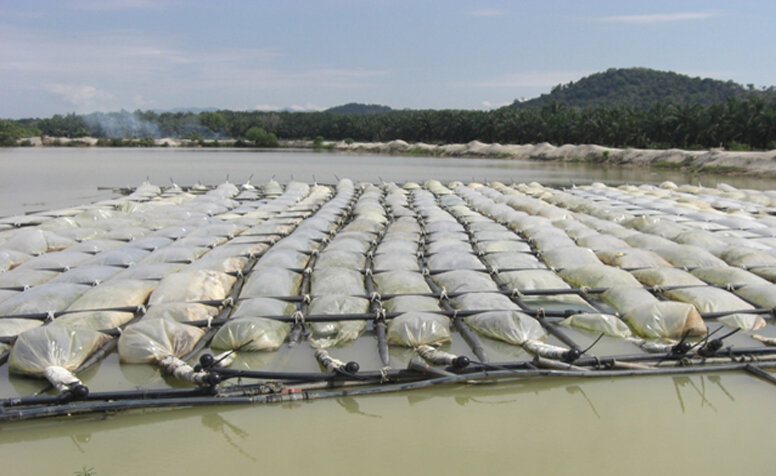What are Microalgae?
Microalgae or microphytes are microscopic algae, typically found in freshweater and marine systems, living in both the water column and sediment.
They are unicellular species which exist individually or in chains or groups. Depending on the species, their sizes can range from a few micrometres (μm) to a few hundred micrometres. Unlike higher plants, microalgae do not have roots, stems, or leaves.

They are specially adapted to an environment dominated by viscous forces. Almost all microalgae are capable of performing photosynthesis, they are important for life on earth and they produce approximately half of the atmospheric oxygen and simultaneously use the greenhouse gas carbon dioxide to grow photo-autotrophically.
The biodiversity of microalgae is enormous and they represent an almost untapped resource. It has been estimated that about 200,000-800,000 species in many different genera exist of which about 50,000 species are described. Over 15,000 novel compounds originating from algal biomass have been chemically determined. Most of these microalgae species produce unique products like carotenoids, antioxidants, fatty acids, enzymes, polymers, peptides, toxins and sterols.
DID YOU KNOW? Microalgae produces approximately half of the atmospheric oxygen!
Nature’s Untapped Powerhouse

A. MICROALGAE PRODUCTION
It all begins with identifying what is microalgae and what is its impact on the current ecosystem and how they can contribute to the society?

B. HOW TO GROW MICROALGAE?
More than 99% of all microalgae farming uses raceway ponds a technology that was discovered in The USA. It has major limitations in that the product is not clean and only a handful of species can be grow using this technology.
The best method would be economical production in clean closed systems that can grow most of the hundreds of thousands of species.
Our claim to fame
AIB’s claim to fame is that we have been doing research on microalgae for over 15 years and –
-
- Have changed the global thinking on how it can be grown in closed photobioreactors (PBR) instead of open raceway ponds. Currently, almost all microalgae are grown in open raceway ponds which are limited in the number of species it can grow, about a dozen out of a few hundred thousand species and the product is not clean;
- As far as we can find, there is no other group that has successfully grown commercial scale microalgae in any tropical country out in the open using sunlight. This has very major implications. Tropical areas are the best for growing microalgae, have lower cost and microalgae can be grown year round;
- In benchmarking globally the lowest cost of PBR systems were found from India followed by China. The Indian PBR is 4 times the cost per M3 of culture when compared to the AIB PBR. Also, the operating cost of the AIB PBR is substantially lower than any other known PBR system. The AIB PBR economics is so transformative that it has globally transformative potential for agriculture.
AIB can grow microalgae in closed clean systems at a lower cost than anyone else when benched marked with other closed photobioreactors (PBR) used by global players. Since the microalgae are not grown in open raceway ponds, they are a lot cleaner. Since the microalgae are cleaner with no fishy or unpleasant smell and taste, the microalgae can be incorporated into everyday food.
Tropical areas are heavenly to grow microalgae; it’s their ideal environment year round. When we combine that with low costs, the vast choice of what to grow and the AIB technology, it creates the conditions for a paradigm shift. AIB technology has the potential to fundamentally change agriculture. Just take a few examples – protein powders, microalgae protein is way superior to current sources of protein powders like whey and is on par with egg white protein and importantly our system can produce microalgae protein competitive with whey. The same can be said of so many things like replacing fish sourced Omega 3 with superior omega 3 from microalgae. In essence, our technology can be used to produce exceptionally clean microalgae to produce healthy food ingredients and food which has the potential to fundamentally change health and the agricultural industry.

Just to indicate a few of our credentials, our founder’s first patent was published by the World Intellectual Property Organisation on Sept 4th 2008 see https://patents.google.com/patent/WO2008105649A1.
There was a really great global reaction, fully validating Jag’s work. Within months many research groups, around the World, tried out Jag’s system including NASA.
https://technology.nasa.gov/patent/TOP2-219


